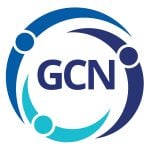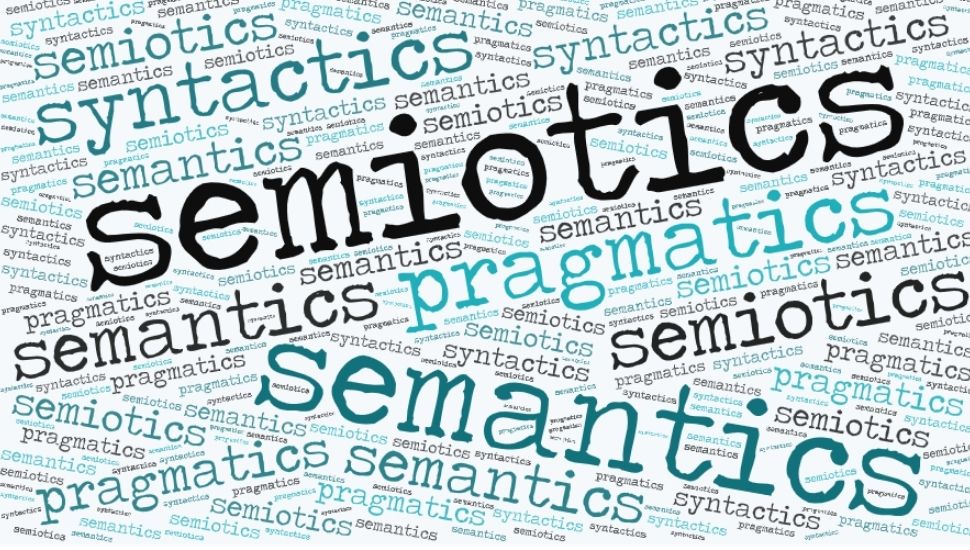Are You Curious About Semiotics, Semantics, Pragmatics, & Syntactics on LinkedIn?
Are you curious about semiotics on LinkedIn? Semiotics has to do with signs and signs are almost everywhere; in magazines, movies, books, commercials, television shows, many businesses, religions, and cultures. You will find semiotics on LinkedIn.
The notable Russian psychologist, Lev Vygotsky (1978), stated that the “very essence of memory is that human beings actively remember with the help of signs” (p. 51). Through signs, people can construct and understand the meaning.
According to dictionary.com, semiotics is defined as “a general theory of signs and symbolism, usually divided into the branches of pragmatics, semantics, and syntactics” (n.d.).
Pragmatics is “the branch of semiotics dealing with the causal and other relations between words, expressions, or symbols and their users” (Dictionary.com, n.d.).
Semantics is “the meaning, or an interpretation of the meaning, of a word, sign, sentence” (Dictionary.com, n.d.).
Syntactics is “the branch of semiotics dealing with the formal properties of languages and systems of symbols” (Dictionary.com, n.d.).
Although they are all intertwined, these three terms relating to the study of signs and symbols are specific branches of semiotics.
Semiotics is a word that originated from the Greek word semeiotikos, meaning “‘observant of signs,’ adj[ective] form of semeiosis, ‘indication,’ from semeioun, [and] ‘to signal,’ from sema ‘sign’” (Online Etymology Dictionary, n.d.).
Semiotics is a name given to a theory that came about from the study of linguistics, which is the scientific study of language.
We use language to communicate in our personal and professional lives every day. We communicate directly human to human, and sometimes we communicate in writing, visually, or verbally on LinkedIn and other social media, perhaps as job seekers or client seekers.
LinkedIn has standardized the profile layout for ease of use, and people can exchange ideas, explore common interests or professional practices, careers, companies, group conversations, learning institutions, etc.
The words, visuals, and sounds will hopefully generate a desirable impact. Still, they can also hinder communications or leave the receiver with a myriad of either positive or negative thoughts and emotions.
Language and linguistics have evolved, and when we communicate on LinkedIn, we have to be aware that it reaches a global audience who are diverse listeners. Cultural nuances and words differ in their meanings depending on the language and culture.
Examples of signs and symbols that may vary by culture include, but are not limited to the following: animals, architecture, art, clothing, colors, crafts, crests, dances, documents, events, fashion, festivals, flags, food, games, hand gestures, holidays, individuals, institutions, inventions, logos, marks, memorials, movements, music, mythical creatures, pastimes, performances, personification, places, plants, products, relics, rites of passage, seals, sports, stories, technologies, traditions, and more. Not only are there cultures, but there are subcultures that exist.
Even in the same locale and same language, people can perceive words differently, or they can formulate their own opinions about someone’s post, comment, article, workshop title, etc.
It can be awkward when someone shares their personal opinions blatantly bashing a colleague, and it’s recorded on a LinkedIn Live, Youtube, or social audio recording. In other words, be respectful and always practice kindness and take the higher road.
You might have heard the term social listening before and the expression that “what happens on Facebook, stays on Facebook.” The same goes for LinkedIn and other social media and social audio platforms.
There is something called a digital footprint, which is an online electronic portfolio that demonstrates who we are and what we share on the Internet in a connected world (Richardson, 2008). Therefore, be careful what you say. People are reading, and people are listening.
Many people openly share their vulnerability and sobriety, overcoming drug addiction, suicide survival, etc., even on the professional business platform of LinkedIn. If you are the kind of person that shares this information, don’t forget you will leave a digital footprint.
Ask yourself if a future employer or client would hire you if they knew this. Would your grandma approve? If you are not retired and are thinking about joining the Great Resignation or Great Reshuffle, you might want to reflect on your digital footprint.
The bottom line is that you need to carefully choose your words, signs, symbols, and emojis, as “big brother is watching you,” according to George Orwell!
“LinkedIn[‘s linguistic] principles are … [such that] the user doesn’t rely on only visual or non visual aspects, but on both” (Kapareliotis & Crosbie, 2014, p. 260). So, what impression do you want to leave?
Did you read the previous article on How to Align The Great Resignation with Company Culture, Autism, & Neurodiversity?
Not only considering neurodiversity, how can we strive to be more inclusive for folks who may have other communication disorders?
Communicating appropriately can be a lot to think about, especially with the cultural nuances. It’s “the overall attitude of the user … with the impact the user profile will have and this depends on the language” (Kapareliotis & Crosbie, 2014, p. 264).
Do you have cultural intelligence, and are you exercising it on LinkedIn and other social media?
Aside from the words you may choose, if you want to learn more about publishing on LinkedIn, especially join LinkedIn Part 2 of 3 on the third Saturday of the month in a looping schedule throughout the year.
References
Kapareliotis, I. & Crosbie, P. (2014). A semantic approach to LinkedIn profiles. Information Resources Management Association. 10.4018/978-1-4666-6042-7.ch052. https://www.researchgate.net/publication/316790037_A_Semantic_Approach_to_LinkedIn_Profiles
Richardson, W. (2008). Footprints in the digital age. Educational Leadership, 66(3), 16–19.
Vygotsky, L. (1978). Mind in society: The development of higher psychological processes.
Cambridge: Harvard University Press.
NEXT STEPS
- Subscribe to my newsletter on LinkedIn for bright ideas to manage your career.
- Join as a member at https://httpsgreatcare.wpenginepowered.com/membership of the #1 business networking association on the Philadelphia Business Journal’s Book of Lists two years in a row! Please note that we changed our website URL recently.
- Register on the events page for these upcoming online events noted below.
- If you need a resume or LinkedIn profile to get you to your next step, book a call to chat!
AUTHOR BIO
Lynne M. Williams is the Executive Director of the Great Careers Network, a volunteer-run 501(c)3 nonprofit organization that provides career education and networking connections for 1) job seekers in career transition, including veterans, and 2) employed and self-employed for career management. She is also the President of ChemPharma.net and runs a Clubhouse session every Friday at 11 AM ET in the Thought Leadership Branding Club.
Aside from writing keyword-focused content for ATS resumes and LinkedIn profiles, Lynne is currently writing her doctoral dissertation on LinkedIn for Job Seekers. She is a contributing author on “Applying to Positions” in Find Your Fit: A Practical Guide to Landing the Job You Love along with the late Dick Bolles, the author of What Color is Your Parachute?, and is also a speaker on career topics.
This article is also published on: vista.today, montco.today, delco.today, bucksco.today, and in the author’s LinkedIn newsletter. A list of articles can also be found in a Google doc.




